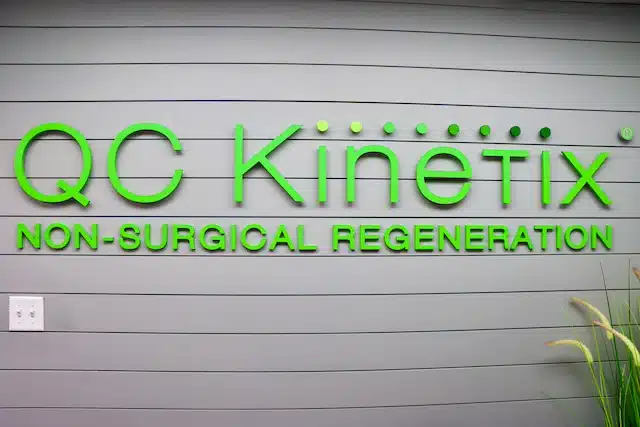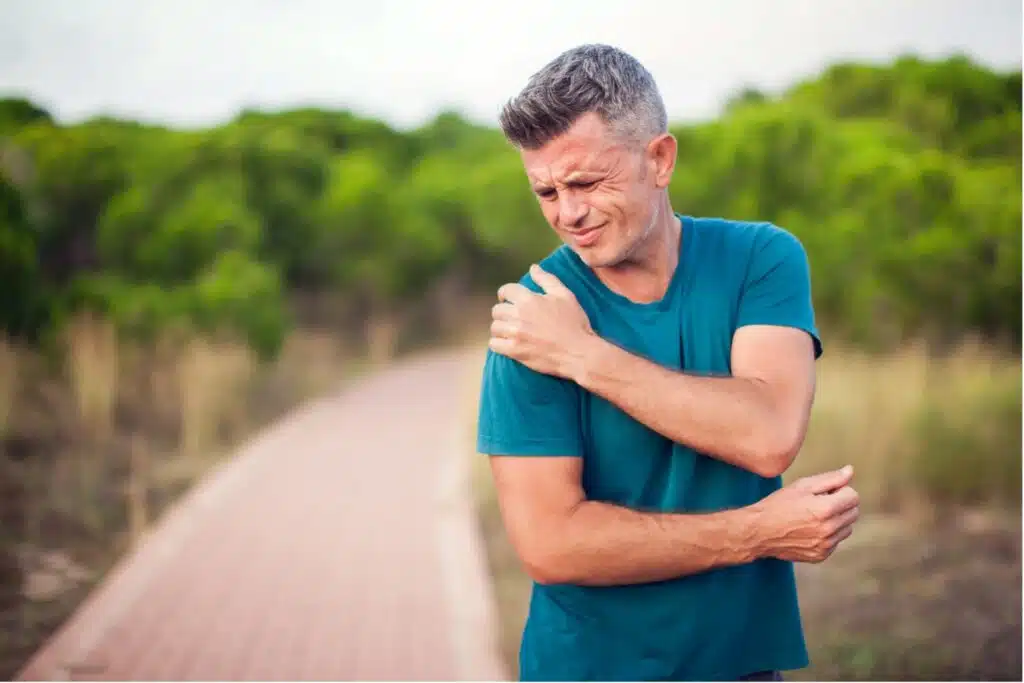Severe elbow pain limits your ability to enjoy life: Bathing and dressing are challenging, let alone activities like tennis, golf, swimming, and gardening. Even stationary pursuits like knitting or working on the computer are impaired.
There are many possible causes of elbow pain, with and without injury. Let’s explore what causes elbow pain, which non-surgical treatments are available to relieve discomfort and stiffness, and when to seek professional help.
Anatomy of the Elbow
The elbow joint is a hinge formed by three bones: the humerus (upper arm), the ulna, and the radius. These bones are securely bound by ligaments, which provide stability whether the joint is in motion or under load. The end of each bone is capped with cartilage that absorbs shock and minimizes friction, facilitating the smooth articulation of the bones against each other. Small, fluid-filled sacks called bursae further reduce friction and cushion the joint.
Tendons connect crucial muscles, such as the biceps brachii for flexion and the triceps brachii for extension, as well as muscles responsible for forearm pronation and supination (inward and outward rotation) to the bones.
Common Causes of Elbow Pain
Damage to any components of the elbow joint, through injury or deterioration, causes elbow pain. Injury may occur from external forces (such as in a car accident or a fall) or overuse (such as tennis elbow or strain from improper lifting). Sprains, strains, fractured bones, and dislocation of the joint can be caused by sudden impacts or stress. Sports injuries include repetitive stress injuries as well as acute injuries resulting from high-force impacts with others, with stationary equipment, or with the ground.
Degenerative conditions also can cause elbow pain. Osteoarthritis and rheumatoid arthritis cause pain and stiffness even when the joint is at rest. Undue nerve compression in cubital tunnel syndrome (similar to carpal tunnel syndrome but located in the elbow) causes pain, tingling, numbness, and weakness in the elbow. Infections, like septic bursitis, can also cause elbow pain.
Some of the most common causes of elbow pain include:
Tennis Elbow (Lateral Epicondylitis)
Microtears, degeneration, or inflammation of the extensor tendons of the forearm is typically caused by overuse or poor mechanics. Resulting pain and inflammation occur in the outer elbow, especially when gripping or moving the wrist toward the back of the forearm.
Golfer’s Elbow (Medial Epicondylitis)
Golfer’s elbow is similar to tennis elbow, but it affects the inner elbow, particularly with gripping or moving the palm of the hand toward the forearm.
Tendinitis
This is inflammation, irritation, and occasionally microtears of one or more of the tendons. The motions that result in pain depend upon the specific tendons that are damaged.
Bursitis
Bursitis is inflammation of one or more bursae. It typically results from repetitive stress or prolonged pressure, causing pain, heat, and swelling in the joint. Pressure, extension, and flexion of the joint cause bursitis pain to flare.
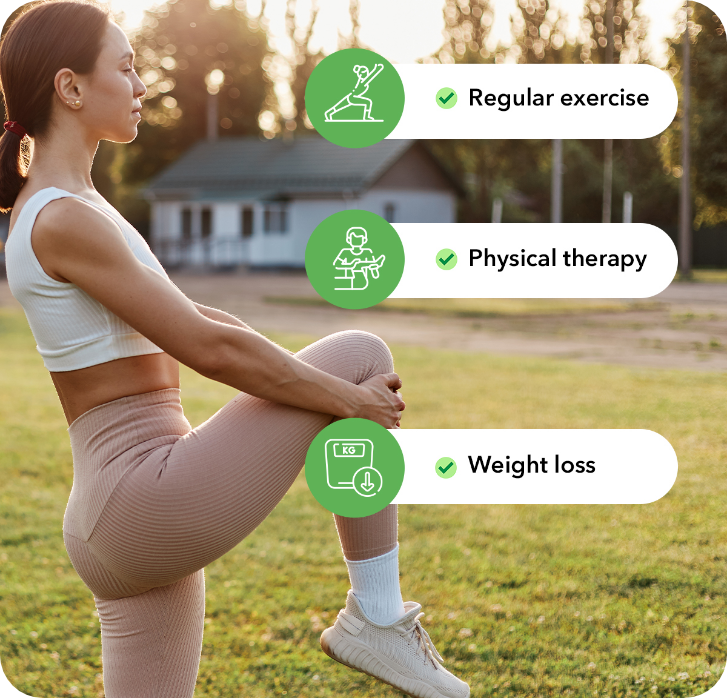
Recognizing the Signs and Symptoms
The key characteristics of elbow pain symptoms include:
- Type of pain: sharp, dull, aching, throbbing, radiating, burning, tingling
- Location of pain: inner or outer elbow, surface or deep
- Associated symptoms: stiffness, swelling, heat, weakness
- Aggravating activities: actions that trigger the pain, such as pushing, pulling, and gripping
Accurately describing the pain can help a doctor or therapist figure out what causes the elbow pain.
Prevention and Self-Care Tips
Maintaining healthy joints is essential to ensure continued enjoyment of your favorite sports, hobbies, and activities. To safeguard your elbows from injury and pain, incorporate regular exercise and stretching into your daily regimen. Focus on exercises that strengthen and increase flexibility in the forearm and biceps, and stretch the muscles well before exercising.
Proper elbow mechanics is essential to protect the elbow from strain and injury. When lifting, keep your elbows close to your body, and use both hands when possible. Do not lift or carry heavy weights with fully extended and locked elbows. Instead, maintain a slight bend in the joint to prevent undue stress. When typing, maintain a neutral elbow position with the elbow at a 90-degree angle and your forearms parallel to the floor. Proper mechanics contribute to the long-term health of the elbow joint, preventing injury and reducing the likelihood of developing chronic conditions.
Optimize your physical mechanics throughout your day, particularly while playing sports or engaging in repetitive motions. Refine your workspace and home environment to incorporate ergonomic principles and support that maintain your body and arms in natural positions. Additionally, a few lifestyle modifications, like taking frequent breaks to stretch and using assistive devices to reach or lift heavy weights, can greatly reduce the risks of elbow pain.
Seeking Diagnosis and Treatment
Whatever the cause of elbow pain, your first line of defense is RICE — rest, ice, compression, and elevation. Resting prevents further damage and allows healing to begin. Applying ice for 15 to 20 minutes every few hours for the first 48 hours reduces swelling and provides pain relief. Compression, using a bandage wrapped around the elbow, can also reduce swelling and help stabilize the joint. Elevating the joint above the level of your heart helps reduce swelling and pain. Over-the-counter pain relievers or anti-inflammatory drugs can ease the pain as you rest and heal.
For more serious injuries, physical therapy may be needed to resolve elbow pain. Targeted exercises and stretching improve the strength, flexibility, and range of motion of the joint. Over time, this eases pain. Additional techniques like ultrasound, electrical stimulation, and heat or cold therapy may also speed healing and alleviate pain.
Knowing when to seek professional help for elbow pain is crucial for preventing further injury and ensuring effective treatment. Here are key indicators that it’s time to consult a healthcare provider:
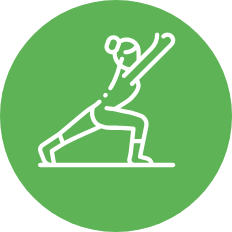
Persistent pain
Your elbow pain lasts for more than a few days despite RICE and over-the-counter pain relievers.
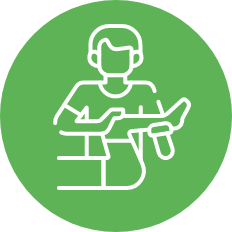
Severe pain
The pain appears out of proportion to the injury or prevents elbow function.
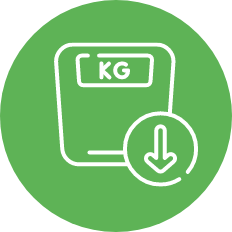
Swelling and redness
There is significant and persistent swelling, redness, or heat in the joint.

Deformity
There is severe swelling or an odd shape to the joint.

Diminished range of motion
You have difficulty bending or straightening the elbow or have significant stiffness in the joint.

Signs of infection
These include fever, rash, chills, or red streaking around the elbow.

Numbness or tingling
There is persistent numbness, tingling, or weakness in the arm or hand.

Recurring pain
You have frequent episodes of elbow pain.
When you seek medical attention for elbow pain, don’t assume surgery is the next step. Your doctor may recommend physical therapy, ultrasound, or other treatment. Even if surgery is recommended, regenerative medicine may be a better alternative.
Explore Regenerative Elbow Treatment With QC Kinetix
Regenerative elbow treatments are non-surgical, drug-free therapies that seek to alleviate elbow pain, improve range of motion, and restore function. At QC Kinetix, we harness your body’s innate healing mechanisms and direct them to focus on the source of your elbow pain. Learn why regenerative medicine works for tennis elbow.
If you are in pain or contemplating surgery, you should know your options. Contact your local QC Kinetix clinic to schedule a free consultation and learn what regenerative medicine can do for you.
Elbow Pain Frequently Asked Questions
What exercises should you avoid with elbow pain?
If you don’t know what is causing your elbow pain, avoid repetitive movements of the arm or wrist, extensions of the elbow, and heavy lifting. While physical therapy exercises may include these motions, they are prescribed based on a clear understanding of the injury.
When should I be worried about elbow pain?
Seek medical advice if elbow pain persists despite rest, ice, compression, and elevation. If swelling, redness, or pain worsens, if it restricts your elbow function, or if the pain persists even when the joint is at rest, it’s time for medical attention.
Can elbow pain be related to the heart?
Sometimes, a heart attack or another problem in the body can cause referred pain in the arm or elbow.
